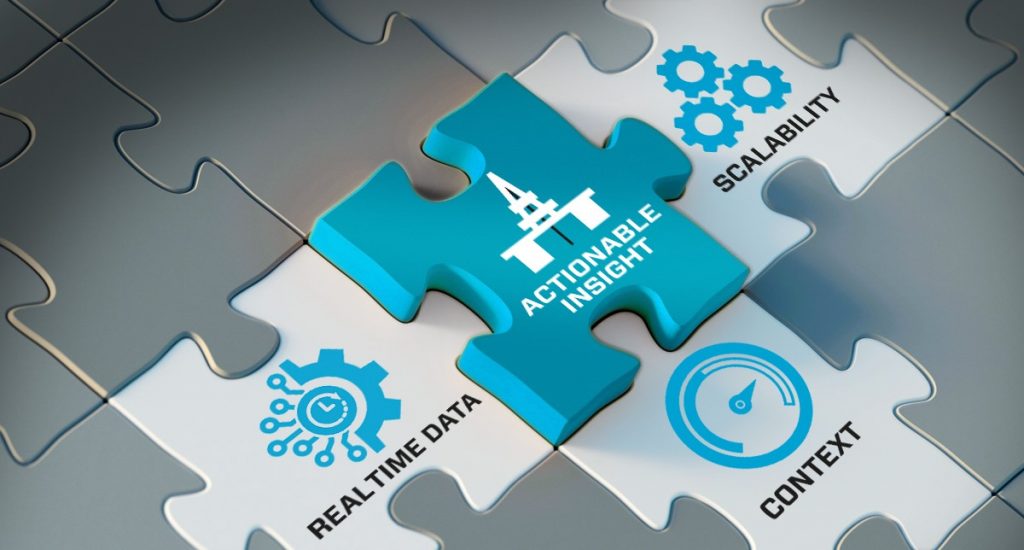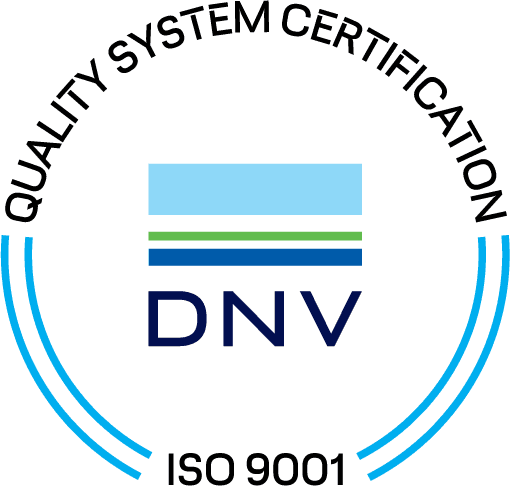
Building on the last two articles on data management strategies and involving human experts in the predictive maintenance loop, I wanted to explore one of the key enablers of predictive modelling – real-time data.
Modern offshore vessels have a multitude of sensors fitted to most major equipment components with the potential to generate a constant stream of live data across variables such as vibration, torque, temperature and pressure. This data holds the promise of earlier warnings, faster response times, and more informed operational decisions.
But despite that promise, many companies are struggling to unlock real value from their real-time systems.
In theory, real-time data offers the opportunity to for a live view of equipment health. In our experience this value potential is rarely realised.
A key reason for this is because real-time data without context offers limited insight. It becomes valuable only when end users can interpret it correctly, respond at the right time, and link it to operational objectives.
We’ve seen firsthand how the absence of context – i.e. operating state, historical trends, or equipment-specific thresholds can lead to alert fatigue, confusion, or inaction. For instance, a pressure spike means little unless you know whether it’s normal during start-up, unusual during normal operations, or caused by recent maintenance work.
Context is what turns raw signals into actionable insight. In predictive maintenance, this means linking real-time data to:
Without these layers, even accurate data becomes difficult to trust, or use effectively.
Even when context is understood, another major challenge emerges: scaling real-time data across different equipment and rigs.
Many offshore rigs rely on OEM-supplied systems for data acquisition. These platforms often limit access to a set number of sensor “tags” and charge additional fees to expand access making it difficult (and costly) for rig owners to monitor the full range of available equipment data.
This model creates a structural bottleneck. Even where the potential for real-time data connectivity exists, data is frequently siloed, incomplete, or prohibitively expensive to scale – limiting the ability to build rig/fleet-wide predictive maintenance systems.
To overcome this, organisations need flexible data architectures that allow for broader access, centralised visibility, and freedom to grow without being restricted by rigid commercial models.
Real-time data has a vital role to play, but it’s not a silver bullet. It works best when:
It’s the combination of these elements that turns real-time data into actionable insight.
At ADC, we help drilling contractors and vessel owners build predictive maintenance strategies that make real-time data meaningful. That means combining real-time monitoring with historical context, operational expertise, and scalable architecture.
We support everything from data collection hardware to system integration and scalable analytics development – helping clients move beyond isolated data streams toward fleet-wide insight and action.
Whether you’re just beginning your predictive maintenance journey or looking to extract more value from your current systems, ADC has the experience to support you.
If you’d value a conversation about turning real-time data into real-world results, I’d welcome the opportunity to connect.
For more information on ADC’s Predictive Maintenance offering, visit: https://www.adc.energy/data-science/
E: Email ADC UK

